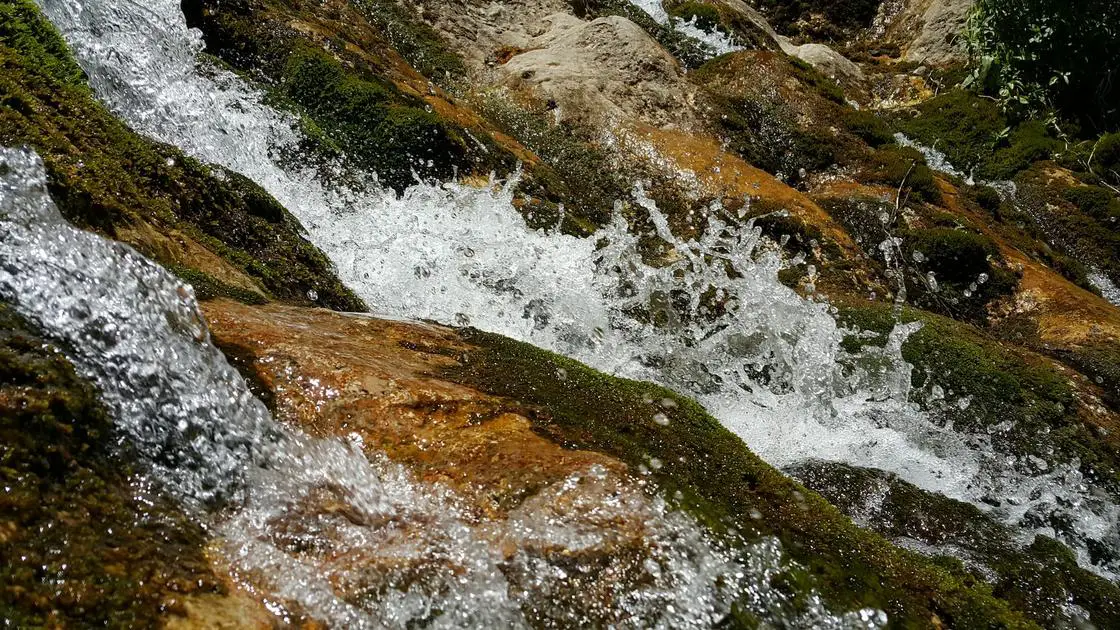In the aquatic world, algae play a crucial role as primary producers providing food and oxygen for various organisms. These tiny life forms come in a diverse range of colors, sizes, and structures. But what is the scientific name for algae? This article dives deep into the topic, exploring the classification of algae, their significance in ecosystems, and the various types we find in nature.
When it comes to the question of the scientific name for algae, the answer is not as simple as it may seem. Algae are a diverse group of organisms belonging to multiple different kingdoms, which makes it difficult to pin down a single scientific name.
To truly unravel the mystery of algae, we need to look at the broader picture – their classification, types, and overall importance in the natural world. So strap in and get ready to learn something new about these fascinating aquatic organisms.
Classification of Algae
Algae can be broadly categorized into two main groups – microalgae and macroalgae. Microalgae are microscopic, single-celled organisms, while macroalgae are multicellular, visible to the naked eye, and commonly referred to as seaweeds.
Microalgae
Microalgae are divided into several different phyla, including:
- Cyanobacteria
- Chlorophyta
- Bacillariophyta
- Chrysophyta
- Dinophyta
Macroalgae
Macroalgae, or seaweeds, are classified into three main groups based on their pigmentation:
- Green algae (Chlorophyta)
- Brown algae (Phaeophyta)
- Red algae (Rhodophyta)
Both of these categories – microalgae and macroalgae – have different types and characteristics that make them unique.
Types of Microalgae
Cyanobacteria
- Formerly known as blue-green algae
- Can Oscar Eat Algae Eaters?
- Does Hard Water Cause Algae?
- Why Is There No Algae in My Tank?
Chlorophyta
- Green algae
- Does Vibrant Kill Coralline Algae?
- Will Flourish Cause Algae?
- Is Algae Living or Nonliving?
Bacillariophyta
Chrysophyta
- Golden-brown algae
- Can Algae Grow Without Nitrates?
- Can Low Salinity Cause Algae?
- Does Epsom Salt Kill Algae?

